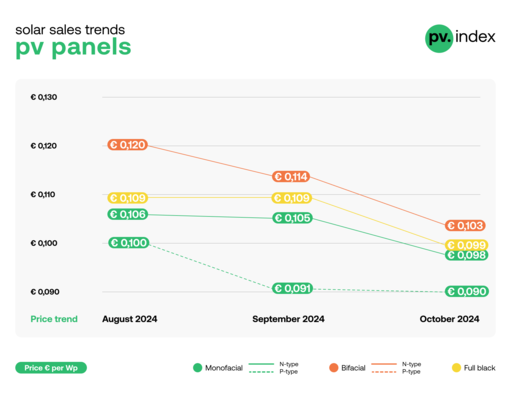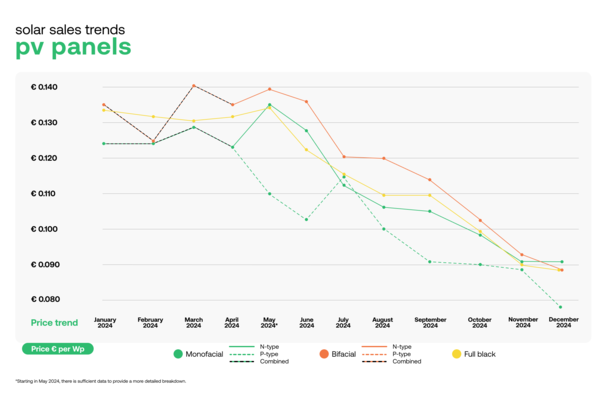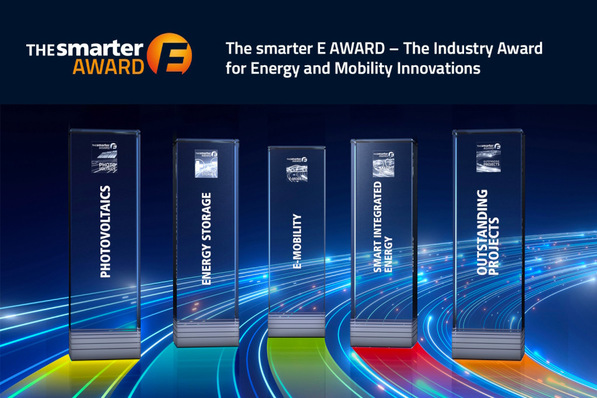A new report from Rethink Energy forecasts global battery demand, by looking at the current rate of electric vehicle adoption seen in major countries globally, and extrapolating the requirements set by their respective governments in reaching 100% new electric vehicle sales. Clearly, this does not paint the whole picture, and so average vehicle battery requirements have been adapted to scale with time, as battery technology improves and consumer preferences change with the proliferation of charging infrastructure.
This also factors in the assumption of price-sensitivity in key markets and the willingness of automakers to reduce battery sizes and vehicle range in favour of fast-charging and cost reductions. Also, the comparably smaller trucking and stationary storage markets have been considered, forecasting these according to the need for decarbonization and to support renewable energy deployment, respectively.
See also: Large-scale storage systems for data centres
Battery demand from trucking assumes the uptake of broadly electric vans and buses, as well as a majority of long-haul class 8 trucks which require significant batteries in both hydrogen and battery-electric variants. This has been forecast aggressively due to the need to decarbonize heavy transport under the expectation that policy will become more aggressive in the future through the likes of tightening EPA emissions.
Other battery chemistries will play a role
Stationary storage estimates are based on the deployment of increasing-duration energy storage systems, which is currently dominated by <4-hour systems using lithium-ion batteries. It is believed that with more renewable energy deployment, longer-duration systems will be required. This will require different technologies due to the insufficiency of li-ion as a commercially and technically viable option in the long-duration sector.
Also interesting: Dual chemistry EES for Royal Mint Energy Centre
Alternative chemistries will fill this gap in the >6-hour segment as they drive down costs prior to 2030; this will be a mix of flow batteries and other chemistries like nickel-hydrogen which have superior technical characteristics for supporting the long-duration energy storage sector. The falling cost of these batteries will drive large deployments of multi-gigawatt-hour projects which directly and throughout the world replace incumbent assets like coal and gas plants for peak-shaving, though this will initially be focused in China, the US and then Europe in order of expected capacity by 2030.
Battery companies must not make the same mistakes
Rethink Energy’s report looks at the primary growth sectors of the lithium-ion battery industry, passenger vehicle markets, trucking and stationary storage, and details the timelines at which key technologies like all-solid-state-batteries and sodium batteries will make their mark on the industry, and where they are best positioned to do so based on their strengths and weaknesses. The report is intended to warn companies from making the same mistakes as their predecessors, and details some of the known geopolitical factors affecting the industry, as well as looking at some of the policies set to affect market dynamics in the next few years and how best to hedge against them. (mfo)
A free executive summary of the Global Battery Market Forecast 2023-2040 is available here.








